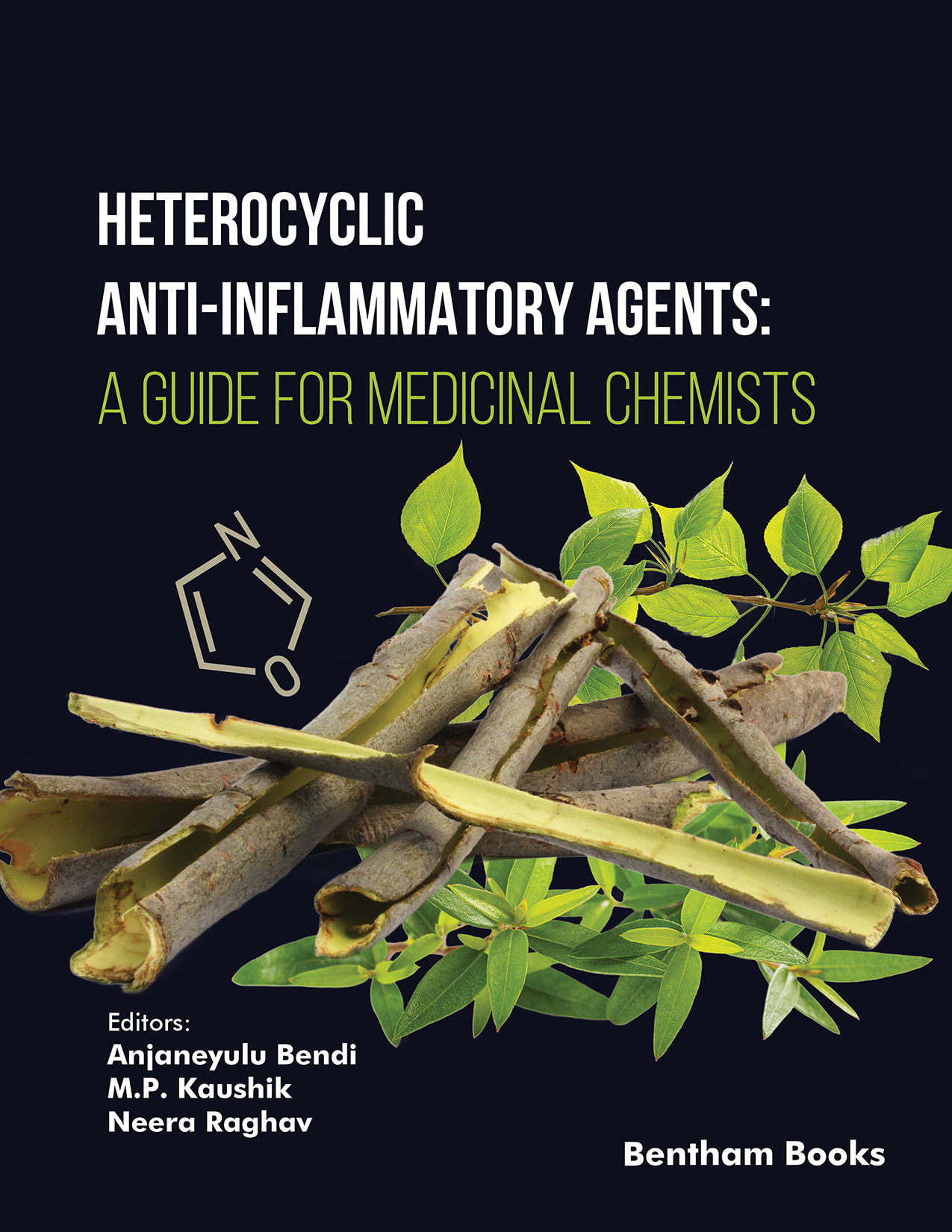Introduction
This book summarizes the cutting-edge experimental research on heterocyclic compounds used as anti-inflammatory agents in ten chapters. Each chapter is authored by experts in medicinal chemistry and is supplemented with scientific references for advanced reading.
The book covers several types of heterocyclic compounds and their derivatives including
- - pyrimidine and pyrimidinone derivatives
- - 1,2,3, and 1,2,4 triazoles
- - imidazole and benzimidazole derivatives
- - oxazole, oxadiazole, isoxazoline, and oxazoline derivatives
- - thiazole and thiazolidinone derivatives
- - pyrazole and pyrazoline
- - Carbazoles and their derivatives
- - azipines, quinolines, and coumarins
This is a timely reference for medicinal chemists interested in developing new heterocycles for anti-inflammatory drugs. Contributors have discussed the effects of these compounds on different types of inflammation and their evolution in drug development as therapeutic agents to give a wider perspective to readers.
Readership:
Students, professionals, and researchers in medicinal chemistry, pharmaceutical chemistry, and drug development.

